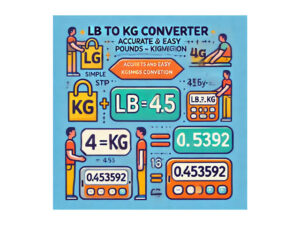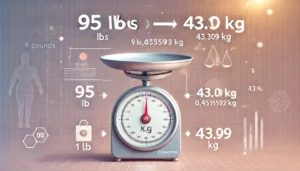Introduction
Ever heard the phrase “25 of 150” and wondered what it means? At first glance, it looks like a simple fraction, but it can be applied in different ways depending on the context. Whether it’s used in business, education, sports, or probability, understanding what this ratio represents can provide useful insights.
In this post, we’ll break down the meaning of “25 of 150,” explore its applications, and discuss why it matters. By the end, you’ll have a clear understanding of how to use and interpret this fraction in everyday situations.
Breaking Down “25 of 150”
Mathematically, “25 of 150” means: 25150=16≈16.67%\frac{25}{150} = \frac{1}{6} \approx 16.67\%15025=61≈16.67%
This tells us that 25 is about 16.67% of 150. But what does this percentage mean in real-world applications? Let’s dive into some practical scenarios.
Real-World Applications of “25 of 150”
1. Business and Sales
In sales and marketing, “25 of 150” could represent customer conversion rates. For example:
- A business sends out 150 promotional emails, and 25 people make a purchase. That’s a 16.67% conversion rate—a useful metric for assessing campaign effectiveness.
- A company hires 25 employees out of 150 applicants. This could indicate the competitiveness of the job market or hiring efficiency.
2. Education and Grading
Teachers and students frequently deal with ratios like “25 of 150” when grading:
- If a student scores 25 out of 150 on a test, that’s a 16.67% score—not great, but a clear sign they need improvement.
- If 25 students out of 150 pass an exam, it could signal that the test was too difficult or that extra support is needed for students.
3. Sports and Performance Metrics
Sports analysts use statistics like “25 of 150” to measure performance:
- A basketball player makes 25 shots out of 150 attempts, leading to a 16.67% shooting accuracy—probably not a great performance.
- A soccer team wins 25 games in a 150-game season, reflecting a win percentage of 16.67%, which might mean the team is struggling.
4. Probability and Statistics
In probability, “25 of 150” can help us understand likelihoods and trends:
- If a study finds that 25 out of 150 people prefer a certain brand, that’s a 16.67% preference rate.
- If 25 out of 150 experiments are successful, that indicates a 16.67% success rate, useful for scientific and business decisions.
Why Understanding “25 of 150” Matters
1. Decision-Making
Whether in business, education, or sports, understanding this ratio helps in making informed decisions. Knowing conversion rates, success rates, or probability percentages ensures better strategies.
2. Performance Analysis
Tracking numbers like “25 of 150” allows for performance improvement. If a salesperson closes 25 out of 150 deals, they can work on better pitches or targeting.
3. Benchmarking Success
Ratios like these help compare progress over time. If a company had 25 successful projects last year but improves to 30 of 150 this year, that’s a 20% success rate, showing growth.
Conclusion
“25 of 150” isn’t just a simple fraction—it’s a valuable statistic used in multiple industries. Whether measuring success, failure, or trends, this number helps make sense of real-world scenarios.
If you’re in business, sports, or education, keep an eye on numbers like this to track performance and make better decisions. After all, understanding the data behind the numbers is what leads to improvement.
FAQs
1. What does “25 of 150” mean in percentage?
It equals 16.67% when converted to a percentage.
2. How is “25 of 150” used in business?
It can represent conversion rates, hiring efficiency, or sales success rates.
3. Why is “25 of 150” important in sports?
It helps measure performance stats like shooting accuracy, win-loss ratios, or batting averages.
4. Can “25 of 150” indicate success or failure?
Yes. A 16.67% success rate could be good or bad depending on the context. For example, in email marketing, it might be decent, but in test scores, it’s low.
5. How can I improve my “25 of 150” metric?
Analyze why only 25 out of 150 are successful. Make adjustments based on trends, optimize strategies, and track improvements over time.





